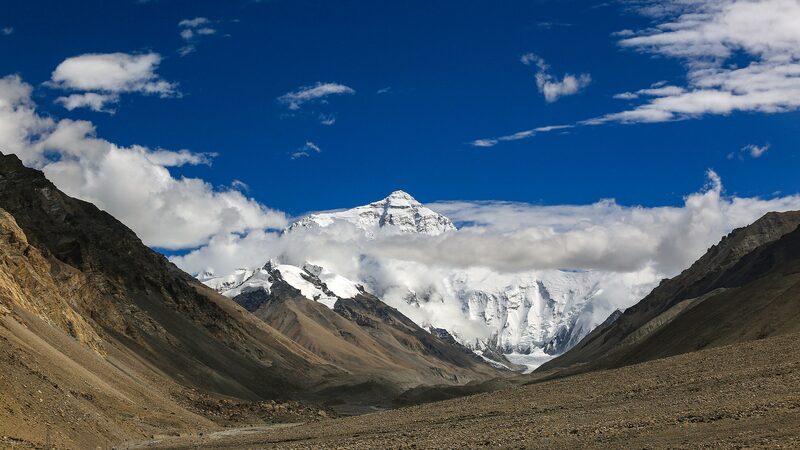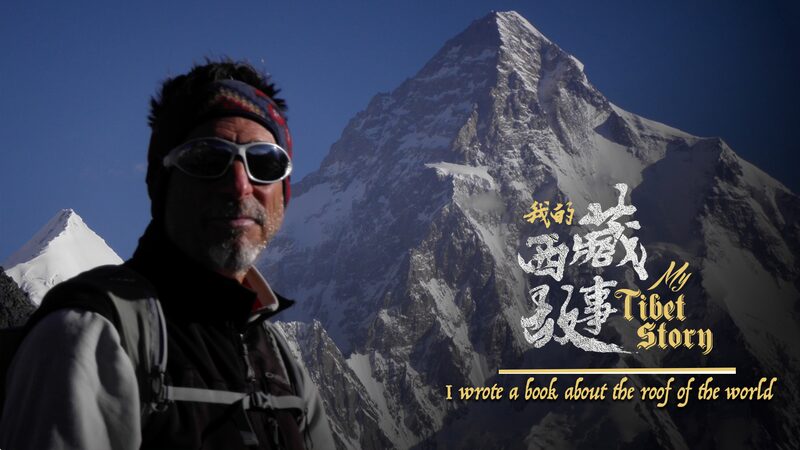What makes Mount Qomolangma rise so much higher than the world’s other towering peaks? A groundbreaking study has unveiled that river erosion is playing a crucial role in the mountain’s ongoing uplift, offering fresh insights into the majestic peak’s unparalleled elevation.
A research team led by Wang Chengshan from the China University of Geosciences, Beijing, in collaboration with scientists from Britain’s University College London, conducted the study published in the journal Nature Geoscience on Monday.
According to Wang, an academician of the Chinese Academy of Sciences, while the monumental collision between the Indian Plate and the Eurasian Plate primarily forged the Himalayas, this tectonic activity alone doesn’t fully explain why Mount Qomolangma stands nearly 250 meters taller than Mount Qogir, the world’s second-highest peak. The slight height differences among the second, third, and fourth-highest peaks suggest that a unique mechanism contributes to Mount Qomolangma’s exceptional elevation.
After years of meticulous research, the scientists pinpointed an extraordinary evolution of the water system surrounding Mount Qomolangma, closely linked to the ancient Kosi River. Approximately 89,000 years ago, the Kosi River experienced a phenomenon known as river capture—a process where one river system “captures” the flow of another through intense erosion.
This event led to a rapid expansion of the Kosi River’s drainage area and a significant increase in its erosion rate, with maximum annual erosion depths reaching up to 12 millimeters. As the river carved deeper into the landscape, the reduction in weight on the Earth’s crust prompted an isostatic rebound—a rise of the land due to the decreased pressure. This geological response contributed to the further uplift of Mount Qomolangma.
The study estimates that since the river capture event, Mount Qomolangma has been ascending at a rate of about 0.2 to 0.5 millimeters per year, accumulating an additional height of 15 to 50 meters over thousands of years.
“Although tectonic movements remain the primary driver of Mount Qomolangma’s uplift, our research reveals a new mechanism where river capture significantly influences mountain elevation,” said Wang. “This discovery enhances our understanding of orogenic (mountain-forming) processes and the development of peak formations.”
The findings shed new light on the dynamic interactions between erosion and geological uplift in mountainous regions, offering valuable perspectives for academics, researchers, and enthusiasts fascinated by Earth’s ever-changing landscapes. As Mount Qomolangma continues its slow ascent skyward, the study underscores the powerful impact of natural forces sculpting our planet’s most iconic landmarks.
Reference(s):
River erosion enhances recent uplift of Mount Qomolangma, study finds
cgtn.com








